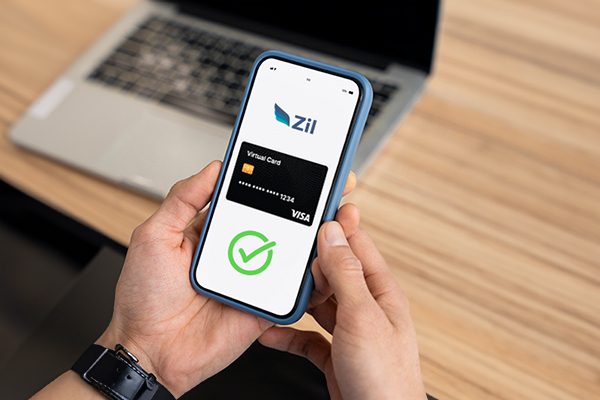The digital payments landscape is evolving at breakneck speed, and at the forefront of this revolution are instant virtual cards. Unlike traditional plastic cards, these are digital-only payment instruments generated in real-time, typically through a banking app or payment platform. They come equipped with unique, randomly generated card numbers, expiration dates, and security codes (CVV), designed specifically for a single transaction or merchant. This fundamentally shifts how we manage money, offering unprecedented control and reducing the exposure of primary account details. Businesses and consumers alike are rapidly adopting them, not just for convenience, but as a critical tool against escalating online fraud. Their ephemeral nature and targeted functionality make them a compelling alternative in an increasingly virtual economy.
Why Speed is Paramount in Modern Commerce
Transaction velocity directly impacts cash flow, customer satisfaction, and operational efficiency. Traditional card issuance can involve days or weeks of waiting. Instant virtual cards eliminate this bottleneck entirely. Need to pay a new supplier immediately? Require a secure method for an urgent online purchase? A virtual card can be created within seconds. This immediacy is invaluable for businesses managing subscriptions, recurring vendor payments, or employee expenses, ensuring payments are never delayed. For individuals, it means seamless, on-the-fly purchasing power without waiting for physical delivery. The era of frictionless, near-instantaneous payment initiation is here, reshaping expectations around financial agility.
Fortifying Security in a Vulnerable Digital World
Security remains the most significant advantage driving virtual card adoption. Data breaches and card-not-present fraud are persistent threats. Traditional cards, with static numbers used across multiple merchants, present a wide attack surface. Virtual cards drastically minimize this risk. Each card can be set for a single transaction or locked to a specific merchant. Even if compromised, the damage is contained – fraudsters gain access only to the funds allocated for that specific purpose, not the entire account. Features like adjustable spending limits and immediate cancellation further empower users. This dynamic security model provides robust protection unmatched by static card numbers.
Practical Applications Across Industries
The versatility of instant virtual cards fuels their widespread adoption. Businesses leverage them extensively for vendor payments, streamlining accounts payable by generating unique virtual cards for each invoice, enhancing tracking and reconciliation while mitigating supplier fraud. They are ideal for managing employee expenses, eliminating the need for physical corporate cards and offering precise control over budgets per project or team member. Subscription management becomes effortless; users can create virtual cards tied to specific services with set limits, preventing unexpected overcharges. Consumers benefit from safer online shopping, secure trials, and managing family spending through controlled virtual cards for dependents.
Breaking Down Borders with Global Payments
One of the most transformative aspects is their role in facilitating seamless international payments. Businesses operating globally face challenges with cross-border transaction fees, currency conversion complexities, and varying payment infrastructures. Instant virtual cards simplify this process. They can be instantly generated in required currencies, bypassing the delays and high costs often associated with traditional international wire transfers. This facilitates faster settlements with overseas suppliers or freelancers and provides a predictable, secure method for handling global transactions without exposing primary banking details. The friction of moving money across borders is significantly reduced.
Effortless Integration and User Accessibility
The barrier to entry for using instant virtual cards is remarkably low. Most major banks, fintech platforms, and specialized payment providers now offer this functionality directly within their mobile apps or online dashboards. Users don’t need new accounts; virtual cards are typically linked to existing checking accounts or credit lines. Management is intuitive: create, fund, set limits, and deactivate cards with a few taps. This ease of integration extends to accounting software, allowing businesses to automate payment flows and sync transaction data seamlessly, eliminating manual entry and boosting overall financial operational efficiency.
The Evolving Future of Digital Wallets and Beyond
Instant virtual cards are not just a standalone innovation; they are becoming integral components of broader digital wallets and payment ecosystems. Integration with mobile wallets like Apple Pay or Google Pay for contactless online and in-app purchases is already common. The future points towards deeper convergence with emerging technologies: tokenization will further secure transactions, blockchain could enhance transparency for B2B payments, and programmable cards might automatically enforce complex spending rules. As regulations evolve and consumer trust grows, virtual cards are poised to become the default standard for digital transactions, driving a future where payments are not only instant and secure but also inherently smarter and more adaptable to individual needs.



































